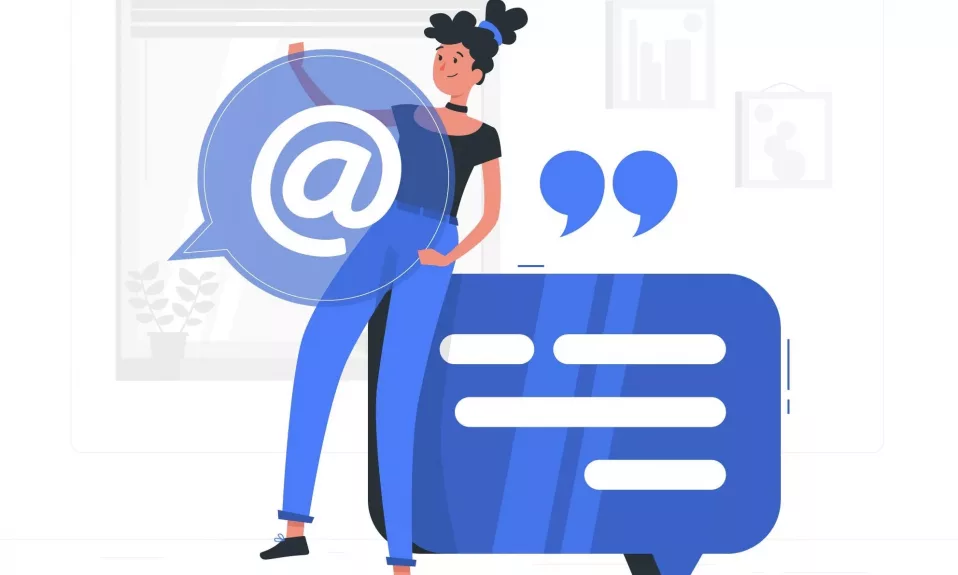In the era of information overload and fast-paced lifestyles, it’s easy for your emails to get lost in the clutter of your audience’s inbox. One important yet often overlooked aspect to consider is the length of your emails. Striking the perfect balance between too short and too long is crucial for maximizing engagement and conversions. In this article, we’ll explore the best practices for email length and how to use these insights effectively.
Why Does Email Length Matter?
Your email campaigns are a powerful tool for connecting with your audience and driving them towards your desired actions. When your emails are either too short or too long, you risk losing the interest of your readers – leading to decreased open rates, click-through rates, and overall engagement. This is why it’s essential to create emails that are formatted appropriately and have an optimal length. By adjusting the length of your emails, you can make your content more visually appealing, scannable, and effective at converting your readers.
Email Length Best Practices
The ideal email length will vary depending on factors such as your industry, target audience, and campaign objectives. However, there are some general guidelines to follow when crafting your emails:
- Subject Line: Aim to keep the subject line between 30-50 characters. With most users opening emails on mobile devices, a concise and attention-grabbing subject ensures clarity and readability.
- Preheader Text: Preheaders should ideally be 80-100 characters in length, providing valuable context and funnels the reader further into the content. Utilize the preview text feature available on most email clients to engage recipients before they even open the email.
- Body: For most marketing emails, a length of around 200-500 words is preferable. This allows you to deliver a clear and concise message without overwhelming your readers with unnecessary information. Remember to use short paragraphs, bullet points, and headings to break up text and make it easier to scan.
Call-to-Actions (CTAs)
A successful email campaign will encourage recipients to take specific actions, such as purchasing a product, signing up for a newsletter or attending an event. The CTA should be short, yet highly effective in driving engagement. Below are essential tips for crafting powerful CTAs:
- Length: Limit the CTA to just two to five words. Lengthier CTAs tend to lose their impact, whereas compact, identifiable prompts are more likely to catch the eye and inspire action.
- Positioning: Place the primary CTA above the fold in the email to capture users’ attention right away. Additional secondary CTAs can be placed further down to encourage deeper engagement with the content provided.
- Clarity: Be clear about what action the reader should take to ensure there’s no doubt in their minds regarding the CTA’s purpose.
A Message Tailored to Your Audience
While following best practices for email length is vital, it’s equally important to keep in mind that different audiences have different preferences. By using analytics tools and monitoring your existing campaigns, you can gather insights into your audience’s reading habits and preferences. Experiment by testing variations in the length of subject lines, preheaders, body content, or CTAs to find out what works best for your target demographic.
Conclusion: Finding the Perfect Balance
Email length may seem like a minor detail, but it plays an essential role in determining the success of your campaigns. By following best practices and leveraging insights into your audience’s preferences, you can craft emails that engage and convert more effectively. With a little effort to optimize each component of your emails, from subject lines to CTAs, you’ll be well on your way to achieving better results in your email marketing endeavors.










